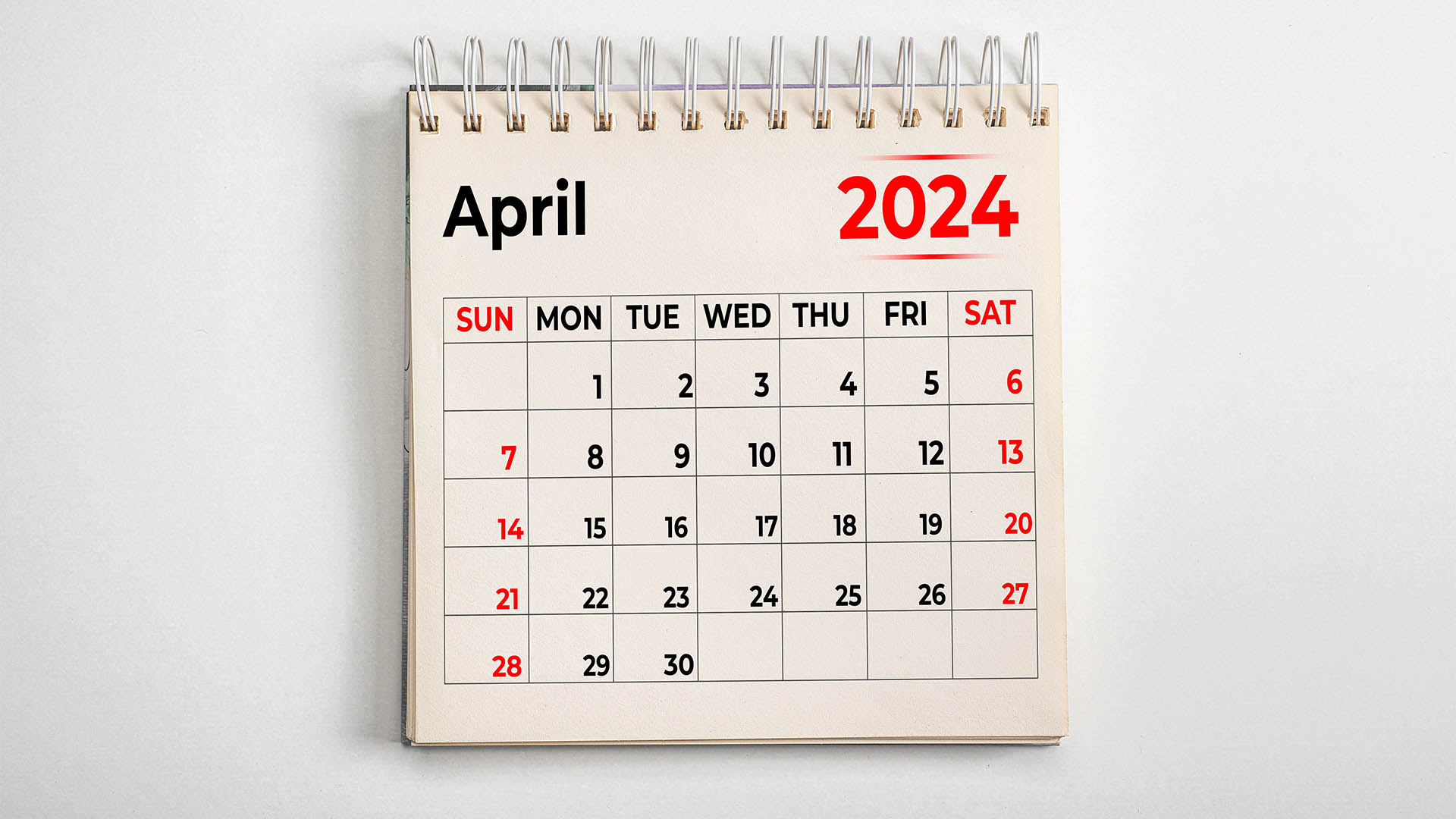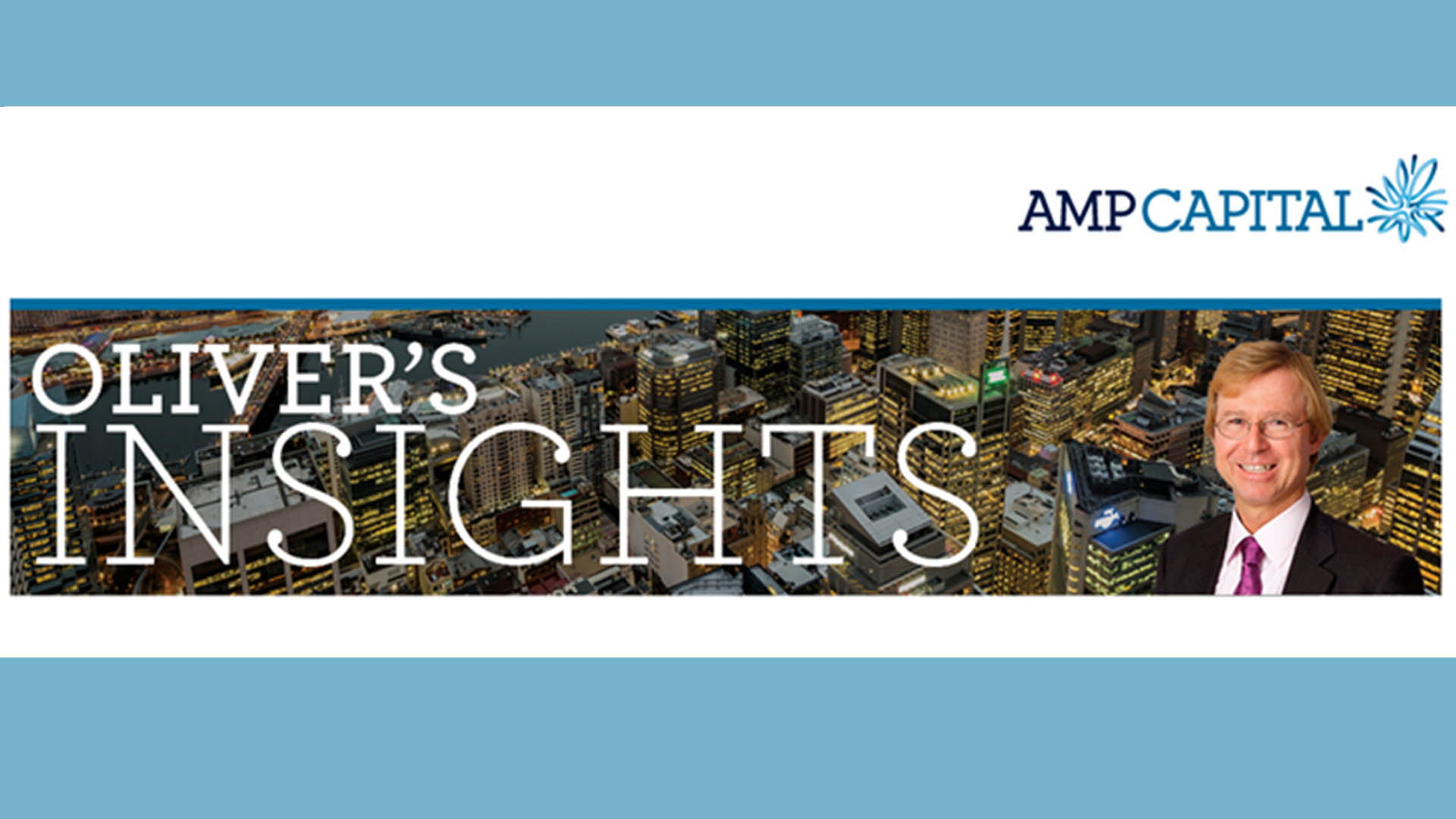Investment by the private sector is now at eight-year highs, with projections indicating further acceleration in the 2024-25 financial year starting July 1.
The latest private investment data from the Australian Bureau of Statistics (ABS) on Thursday revealed that investment in the December quarter hit $40 billion for the first time since the December quarter of 2015.
The ABS also revealed that the first estimate of investment intentions for the next financial year showed a 12.6% increase, reaching $145.6 billion, from the first estimate of the current 2023-24 financial year.
While not reaching the levels of the big investment boom a decade ago (the first estimate for 2012-13 was more than $172 billion), the first estimate for the next financial year is the highest since 2013-14 ($152 billion in the dying years of the huge investment boom).
The ABS stated that the rise in planned capital investment shows that businesses expect continued growth in new capital expenditure for the next financial year.
"The information media and telecommunications industry predict a large rise, based on planned investment in new data centres," said Robert Ewing, the ABS head of business statistics, in Thursday’s release.
"The electricity, gas, water, and waste services industry also expect a very strong rise again from planned investment in renewable energy infrastructure," Mr. Ewing added.
This will be on top of significant rises in spending in these sectors in the current financial year.
While total spending rose 0.8% in the quarter, it was up 7.9% over the year and seems to be accelerating, with the ABS revealing that "expectations of planned capex for this financial year showed a 4% rise on top of their estimate three months ago.”
The strong estimate comes despite the downturn in mining and resources as prices for lithium, thermal coal, and nickel slump, while copper, aluminum, and rare earths have drifted lower.
Mr. Ewing pointed out that investment rose in both the mining and non-mining industries in the December quarter. Mining rose by 1.1%, and non-mining was up by 0.6%. (That was before the mass closures, cutbacks, and reductions in spending plans announced in mining in the first two months of 2024).
The ABS reported that electricity, gas, water, and waste services saw the largest rise of any industry in the December quarter, up 14.7%. "This was from increased investment in renewable energy infrastructure," Mr. Ewing said.
Capex was up 1.5% for new buildings and structures, while new equipment and machinery were down 0.1%. That will not be good news for the December quarter GDP figures out next Wednesday.
The increase in building and structure investments was also driven by increased spending on renewable energy infrastructure in the electricity, gas, water, and waste services industry, up 17.5%.
Ongoing investment in data centers also led to a strong rise in capex for the information media and telecommunications industry, up 6.5%, to handle the boom in demand for cloud computing services.
Equipment and machinery capex were relatively flat. Non-mining investment fell by 0.3%, offset by a rise in mining of 1.0%.
"While new investment in equipment and machinery was flat in the December quarter, it remains at a high level. Compared to the December quarter of 2022, capex is up by 6.4% following strong growth in vehicles, particularly in the construction industry," Mr. Ewing said. But much of that improvement was down to the tax breaks for tradie utes.
Queensland had the largest rise of the states and territories, up by 9.3% in the December quarter. This was offset by a large fall in South Australia, down by 17.4%.














